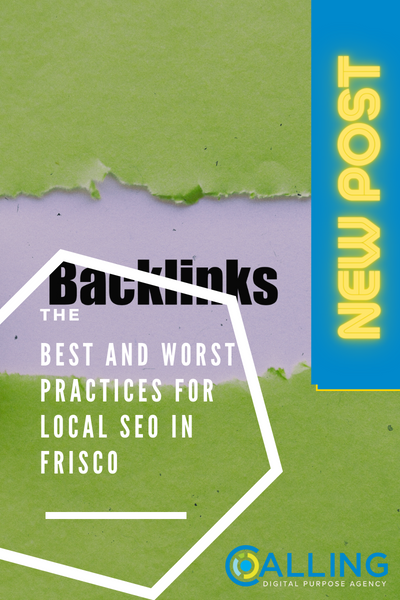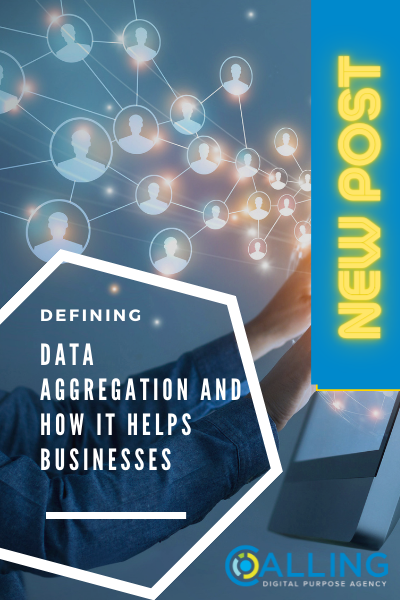Defining Data Aggregation and How it Helps Businesses
Aggregation platforms handle data gathering, processing, and, in some instances, presentation. It is a necessary component of data integration. Data aggregation aids in the summarization of data from various, diverse, and many sources.
The best data integration platforms can trace the data source and provide an audit trail. You can determine where the data was gathered. It's critical to remember that aggregate data isn't just numbers. Data aggregation can be done manually or with software designed specifically for this purpose.
What is Data Aggregation?
Data aggregation is the process of collecting and presenting data in a summary style for statistical analysis and achieving business objectives. Data aggregation is critical in data warehousing because it allows for judgments based on massive volumes of raw data. Data aggregation allows for predicting future trends and assists in predictive modeling. Effective data aggregation strategies aid in the reduction of performance issues.
Aggregation gives extra information based on comparable data clusters, such as a person's salary or occupation. For example, if a retailer wants to examine sales performance across multiple areas, they might aggregate sales data by region.
What are the steps in data aggregation?
To achieve data aggregation, you'll need a data integration platform to collect data from different sources. The following stage is data processing, which enhances the data before arriving at the data aggregation stage. This is when the data is statistically evaluated to provide the most recent findings. The following are the steps involved in the data aggregation process:
Data Collection
Data from several sources must be gathered. Data from billing systems, phone logs, consumer data, and other sources. Though it appears straightforward on paper, bringing together multiple data sources for analysis is quite tricky. The greatest data integration platforms gather information from many systems and data sources. This is required to make sense of analytics.
Data Processing
The next step in data aggregation is the data processing stage. Data processing involves categorizing and correlating the data sets. Once this is accomplished, it is time to perform a statistical analysis of the data. Some of the common statistical analysis tools used in data integration platforms are:
Regression tools
Decision trees
Machine learning
Logistic regression
Neural networks
These tools help organize and make sense of data.
Data Presentation
In the data aggregation stage, the data is presented in a summary style. This presentation involves graphs, charts, and tables. For example, a retailer may use data aggregation to all their customers and summarize their spending habits.
The Benefits of Data Aggregation
The benefits of data aggregation in data integration platforms help reduce errors, maximize performance, and improve the IT infrastructure.
1. Reduce Errors
When multiple systems are used in the process of data aggregation, the risk of errors is significantly reduced. For example, each data source may keep separate records of the same customer. This duplication of data leads to conflicting records and an erroneous representation of the data. When different data sources are integrated into a single database, there are fewer chances of an error.
2. Maximize Performance
When data is aggregated, it is consolidated down to a single database. This allows for seamless access to data when it is needed. Having a single database reduces the time and resources required for data access. Also, with data aggregation, the highest levels of visibility are achieved within the enterprise.
3. Improve the IT Infrastructure
Tracking data from multiple systems in a single database allows for improved infrastructure. Data aggregation helps reduce the amount of redundant data, saving storage space and avoiding unnecessary duplication. This makes data aggregation an excellent tool for data management.
Conclusion
Data integration platforms make it easier to perform data aggregation. Data aggregation is a vital component of data integration strategies. Data aggregation is an essential step in the process of data warehousing and is a valuable component of any data integration platform.
Are you looking for the best SEO agency in Frisco? We can help. Contact our SEO experts at Calling Digital if you want to rank better on search engines and drive more traffic and revenue to your business. Reach out to us today!












